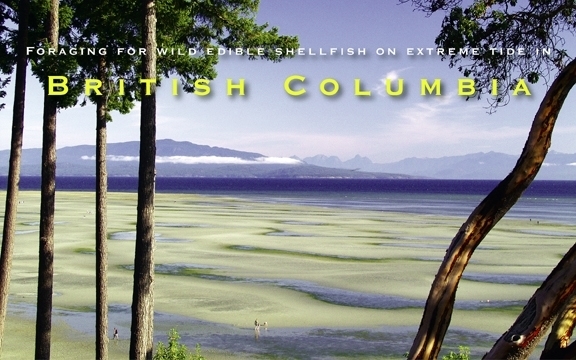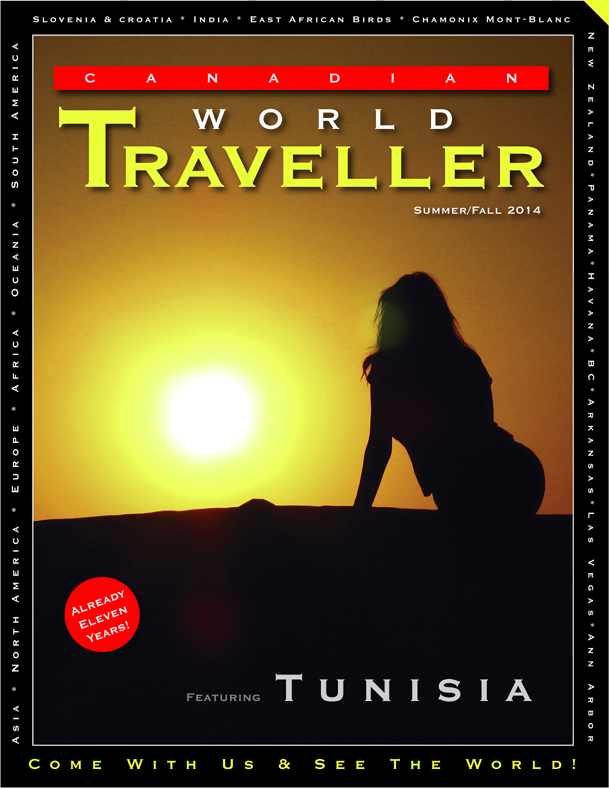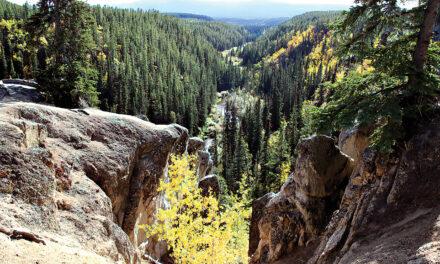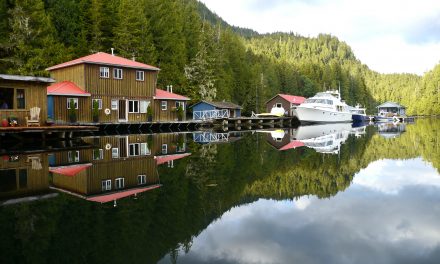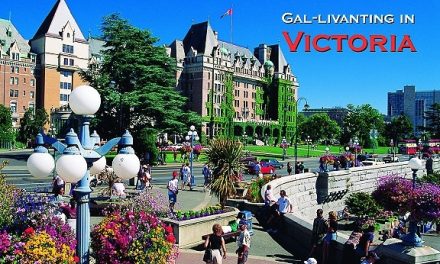Foraging for wild edible shellfish on extreme tide in
British Columbia
by Chris Higgins
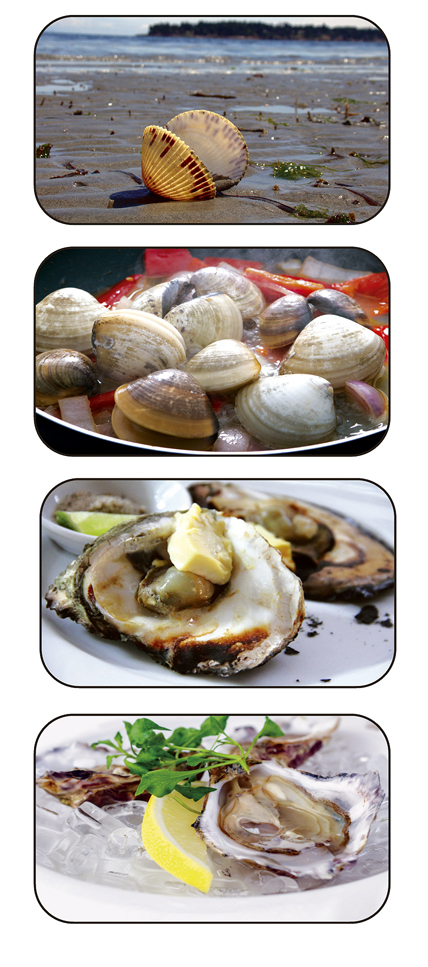
Some 25,000 years ago, during the Pleistocene epoch, a massive glacier – one of the outlet glaciers of the Cordilleran Ice Sheet – advanced down the Strait of Georgia and graced the shores of eastern Vancouver Island with a soft, rich sweep of sand.
The embayments stretching from Deep Bay to Parksville acted as nature’s sand traps, capturing the glacial outwash (The Quadra Sands), forming some of the widest beaches in Canada – a textbook breeding ground for our regions’ tasty shellfish.
A geological anomaly
Vancouver Island’s shoreline isn’t full of delectable shellfish by chance. The rich supply of seafood is the result of a fascinating geological occurrence, directly relating to the formation of Quadra Sands.
Dr. John Clauge, one of Canada’s leading authorities in Quaternary and Environmental Earth Sciences and a faculty member of Simon Fraser University, explains that “During the last Ice Age, a huge ice sheet advanced southeastward down the Strait of Georgia and, after it had melted, the resulting body of sand was eroded by the sea.”
Clauge explains that the Quadra Sands gradually spread northwest, carried along the coast by the currents and waves. When the glacial material collided with the embayments along the coast, these acted as a group of vast, effective sand traps. As a result, the coastlines from Deep Bay to Parksville are home to some of the world’s softest, richest and most luxurious sands – the perfect breeding ground for oysters and clams and the ultimate menu for a wild, organic forage at low-tide.
On May 31, June 28 and Nov. 22 the Earth and Moon align to give some of the year’s lowest tides, uncovering a variety of edible treasures.

